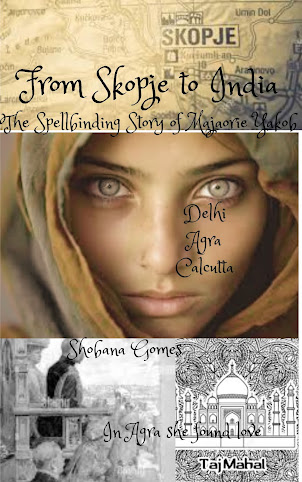The day after Christmas, 26th December, is Boxing Day. When my dad worked with the Royal Australian Air Force, he used to wish his Australian friends, neighbours, and relatives who stopped by the house, Happy Boxing Day in a loud and cheery voice. So, we got used to celebrating Boxing Day and wished everyone we came across the same.
The day denotes a noble cause, as almsgiving and charitable deeds take precedence. Leftovers are packed and sent to the needy, and money and presents are also sent to charitable homes. These days the traditions have changed to include family gatherings, sports, and outdoor activities.
People throughout the world celebrate Boxing Day in different ways. Here's a quirky way of celebrating the day in Spain which I came across on the internet:
The "defecating log," known as, 'Caga Tió or Tió de Nadal, is a unique and whimsical Christmas tradition in Catalonia, Spain. This custom has deep cultural roots and serves several significant purposes during the holiday season.
Origins and Cultural Significance
1. Historical Roots; The tradition of the Caga Tió likely traces back to ancient pagan and rural rituals associated with winter solstice celebrations. It symbolizes the log, that was burned for warmth and light during the cold winter months, reflecting the importance of fire in traditional Catalan homes.
2. A Symbol of Generosity: The act of "feeding" the log from December 8th, leading up to Christmas represents nurturing and care, embodying themes of generosity and community. Children pamper the log by providing it with scraps of food, which will create a sense of anticipation for the gifts it will "produce" on Christmas Day.
The Celebration Process
1. Preparation: Starting from December 8, families decorate a wooden log with a smiling face, legs, and sometimes a traditional Catalan hat (barretina). The log is covered with a blanket to keep it warm, and children take turns feeding it sweets and treats each day leading up to Christmas.
2. The Ritual: On Christmas Eve or Christmas Day, children gather around the log, sing traditional songs, and beat it with sticks while encouraging it to "defecate" presents. This playful act culminates in children discovering hidden treats, such as candies and nuts, that parents have placed under the blanket beforehand.
3. Themes of Equality: The tradition also reflects a broader cultural theme in Catalonia regarding egalitarianism. The humorous nature of the Caga Tió highlights that everyone, regardless of status, engages in basic human functions—making it a lighthearted yet meaningful part of Catalan identity.
Conclusion
The Caga Tió is more than just an amusing holiday custom; it encapsulates themes of generosity, community bonding, and cultural identity within Catalonia. While it may seem quirky to outsiders, it holds a cherished place in the hearts of many Catalans as they celebrate Christmas with laughter and joy.
Wishing you and your loved ones, A Very Merry Christmas.
Thank you, and I hope you enjoy the poem.
Best wishes,
Shobana
Subscribe to Shobana's YouTube Channel for more great content.
Read the poem at https://shobanagomes.


